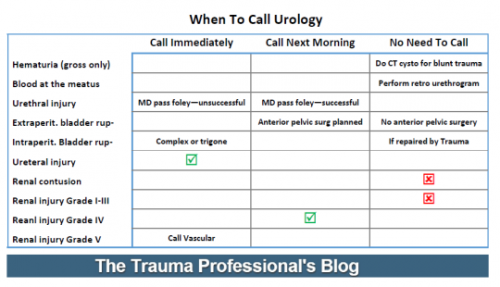Various trauma professionals (prehospital, emergency physician, surgeon) may provide this “service” at various places around the world. In the US, it is usually a physician and typically a surgeon. In my opinion, anyone can be trained to do a basic field amputation.
Much depends on local policies and procedures, training, as well as availability. In most cases, prehospital providers are on the scene, so it makes sense that they could do a field amputation with appropriate training. Emergency physicians have more experience with airway management, sedation, and anesthesia and can thus add value to the process.
But again, in my opinion, a trauma surgeon is the best choice for performing this procedure. They have the technical skills and are usually facile with anesthesia and sedation. However, they also have a deep understanding of the anatomy involved and the eventual reconstruction process. This allows them to tailor the amputation to optimize the eventual recovery from this operation. The surgeon does not necessarily have to resort to a guillotine-type amputation. And they are better versed in performing amputations that involve the upper extremity, as well as more proximal amputations (shoulder, upper thigh). And if unexpected bleeding occurs that cannot be controlled by a tourniquet, they know what to do.
The only downside to using a physician is availability. Getting them to the scene will always take extra time since they are typically hospital-based. In contrast, the prehospital providers are already present and are used to working in an austere environment.
Bottom line: There is no cookbook for developing a field amputation policy and procedure. Look at your local resources and the logistics imposed by the environment, traffic, hospital, and other factors. Then figure out what works for you. Borrow from other centers and agencies, and make the process as simple as possible. Due to the very rare need for field amputation, you will need to periodically review the process and the location of your packs so people don’t forget.
In my next post, I’ll cover the challenging logistics of field amputation.

